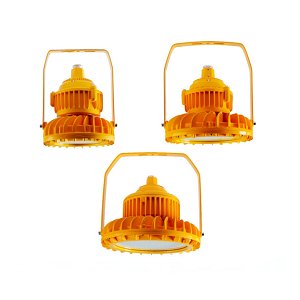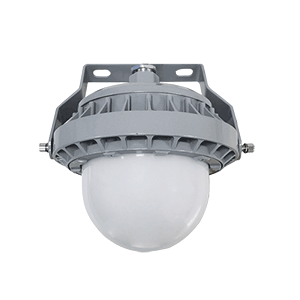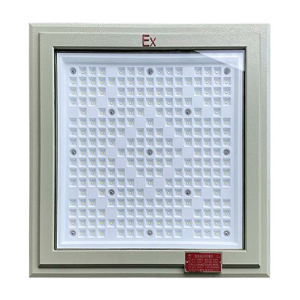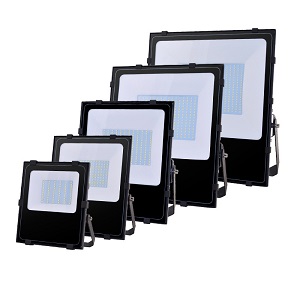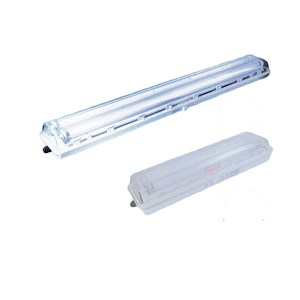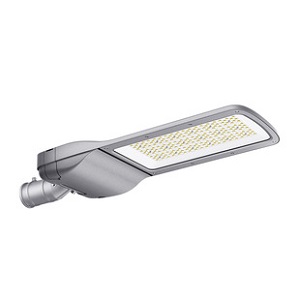What is LED Color Temperature? How to Choose Between 3000K, 4000K, and 5000K
Common LED color temperatures for general lighting include 3000K, 4000K, and 5000K. When selecting LED lights, color temperature is a critical factor to consider. These three options—3000K, 4000K, and 5000K—differ in visual perception, psychological and circadian effects, luminous efficacy, and ideal applications. This guide explains color temperature, compares these options, and helps you choose the best color temperature for various spaces.
What is Color Temperature?
Color temperature refers to the color of light emitted by a theoretical blackbody radiator when heated, ranging from deep red to orange-yellow, white, and finally blue. Measured in Kelvin (K), it indicates the color match between a light source and the blackbody radiator. Lower values (e.g., 3000K) produce warm, reddish hues, while higher values (e.g., 5000K) emit cooler, bluish tones. Importantly, it does not relate to the physical heat output of the light source.
3000K LED Lighting: Warm and Cozy
3000K emits a warm, inviting glow similar to sunset or candlelight. It’s ideal for creating a relaxed atmosphere in:
- Residential spaces: Bedrooms, living rooms, dining areas.
- Hospitality: Restaurants, cafes, boutique hotels.
- Decorative lighting: Accentuating architectural or landscape features.
4000K LED Lighting: Neutral and Balanced
4000K offers a clean, neutral white light that balances warmth and clarity. It’s versatile for:
- Functional areas: Kitchens, bathrooms, garages.
- Commercial spaces: Offices, retail stores, hotel lobbies.
- Public areas: Hallways, outdoor walkways.
5000K LED Lighting: Cool and Daylight-Like
5000K mimics natural daylight with a bright, crisp blue-white tone. It enhances focus and visibility in:
- Task-intensive environments: Factories, warehouses, hospitals (operating rooms).
- Outdoor security: Parking lots, stadiums, bus stops.
- High-visibility needs: Security lighting, sports facilities.

Does Color Temperature Affect CRI (Color Rendering Index)?
Color temperature and CRI are independent but both influence visual comfort. While CRI measures color accuracy, improper color temperature can strain the eyes regardless of CRI.
3000K vs. 4000K vs. 5000K: Key Differences
Visual Perception
- Warmth vs. Coolness: 3000K (warm), 4000K (neutral), 5000K (cool).
- Perceived Brightness: Cooler light (5000K) feels brighter even at the same lumen output.
- Contrast and Clarity: 5000K enhances edge definition, making it better for precision tasks.

Psychological and Circadian Effects
- Mood: Warm light (3000K) relaxes, while cool light (5000K) boosts alertness.
- Blue Light Impact: High-K light (5000K) suppresses melatonin, disrupting sleep if used at night.
Luminous Efficacy
- Energy Efficiency: 5000K LEDs are more efficient than 3000K due to less energy loss in phosphor conversion.
Best Applications for Each Color Temperature
| 3000K | 4000K | 5000K |
|---|---|---|
| • Bedrooms | • Kitchens | • Factories |
| • Living Rooms | • Bathrooms | • Hospitals |
| • Restaurants | • Offices | • Warehouses |
| • Ambient Lighting | • Retail Stores | • Security Lighting |
3000K landscape lighting

4000K road lighting

5000K warehouse lighting

How to Choose the Right Color Temperature
- Space Function:
- Relaxation: 3000K (bedrooms, lounges).
- Neutrality: 4000K (kitchens, offices).
- Focus: 5000K (workshops, hospitals).
- Interior Design:
- Warm tones (wood, reds): Pair with 3000K.
- Neutral/minimalist styles: Use 4000K or 5000K.
- Outdoor Needs:
- Aesthetics: 3000K for gardens.
- Safety: 5000K for driveways, parking lots.
- Health Considerations:
- Avoid 5000K in bedrooms to protect circadian rhythms.
FAQs
Is 4000K too bright for a living room?
For a cozy vibe, 3000K is better. 4000K may feel too clinical.
Is 4000K safe for eyes?
Yes—it’s a balanced choice for general use.
Does 3000K look too yellow?
It’s warm, not overly yellow, and ideal for relaxation zones.



